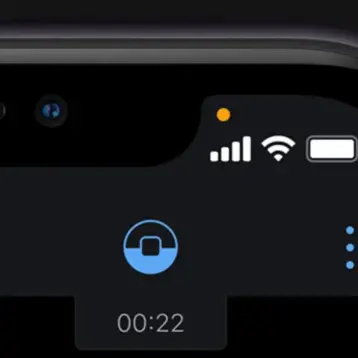Conventional lie detectors have difficulty differentiating between guilt and anxiety. This results in both a high incidence of false positives from innocent people anxious about the process of taking a lie detector test and a percentage of false negatives from people who can lie without feeling guilt. This new method significantly limits both false positives and false negatives by more accurately differentiating between intentional deception, guilt, and anxiety.
Light passed into the brain is either scattered by cell membranes or absorbed by water and blood. By emitting light in the near infrared bands then detecting the returned signal in a nearby detector, scientists can map the activity in the brain by monitoring the oxygen levels and blood volume changes. The signal from the detector is monitored in an external system which processes it and determines how it matches expected signals generated by different emotions and thought processes.
The specifics of the hardware, detection method, and signal processing analysis are not currently publicly available. Drexel has published some preliminary slides discussing the method as a whole including the pros and cons of three types of fNIR spectroscopy, but they do not specify the type used by the team or much about the specifics of how the oxygenation level deviation is calculated from the detected signals.
Early tests of the headband during simulated poker games have been very successful. 20 of 21 test subjects exhibited greater blood oxygenation when lying about the cards in their hand than while telling the truth about the cards they held. These are very early results and much more testing is needed before definitively declaring this new system successful.
In addition to lie detection, the fNIR spectroscopy has several potential medical and educational applications, including possible use as a learning enhancement tool and monitoring attention and memory in children or adults experiencing problems in these areas.
TFOT has reported on other innovative uses of infrared sensors including a bra outfitted with infrared sensors used to detect breast cancer, a handheld device that detects bruising and models the tissue just underneath the skin, near infrared brain scans that detect Alzheimer’s disease, and an infrared camera that helps doctors determine which patients are most likely to suffer severe side effects from cancer treatments. In addition, TFOT has reported on another innovative lie detection technique designed to help employers verify that sick days are used appropriately.
Read more about the fNIR lie detector headband in this overview document (PDF) hosted by Drexel University or examine the background and a more detailed description of fNIR spectroscopy and its potential applications in this slideshow (PDF) also hosted by Drexel University.









